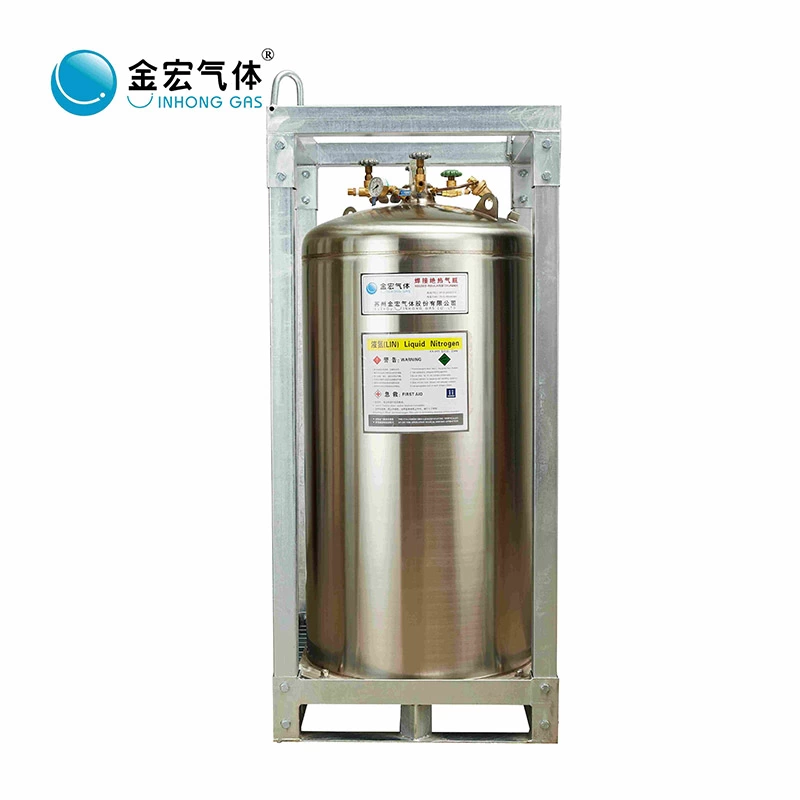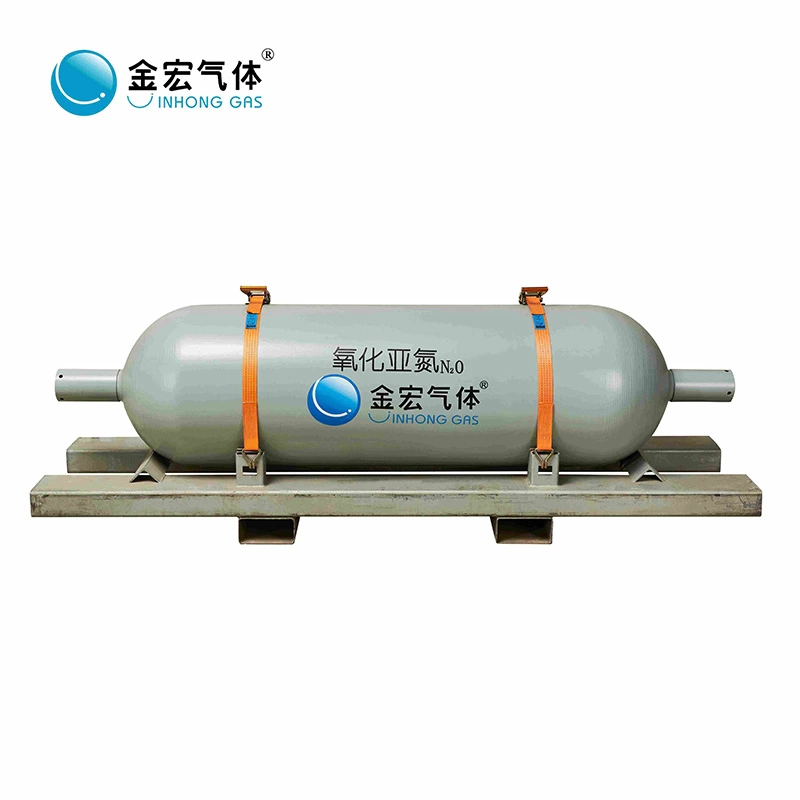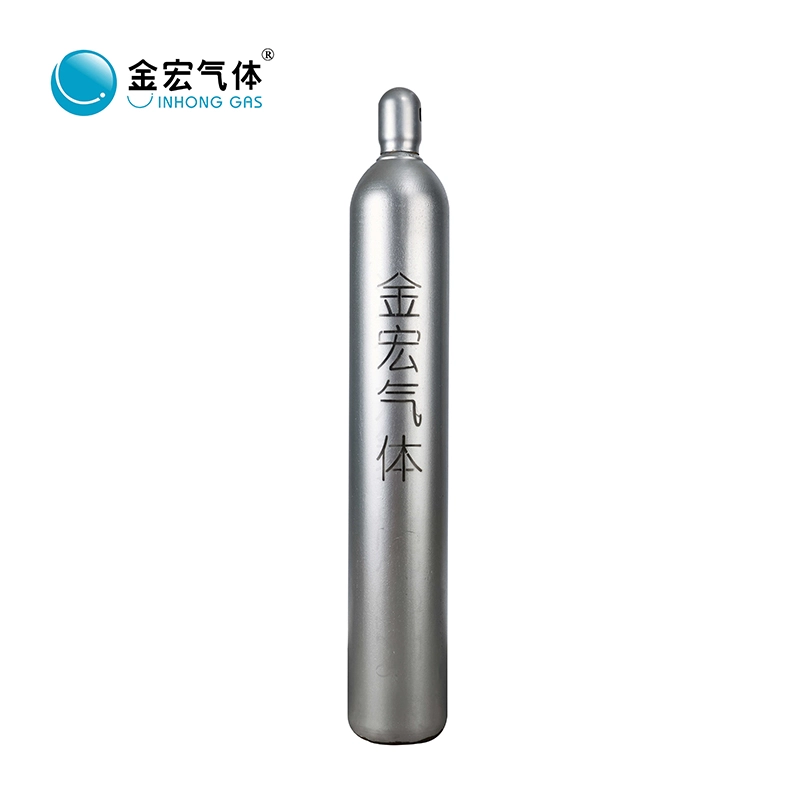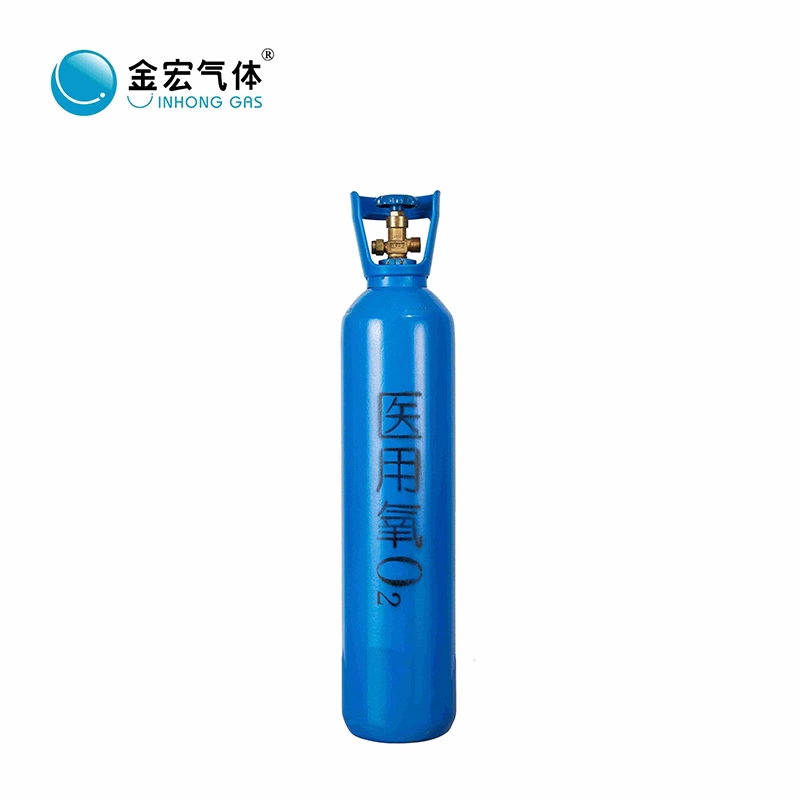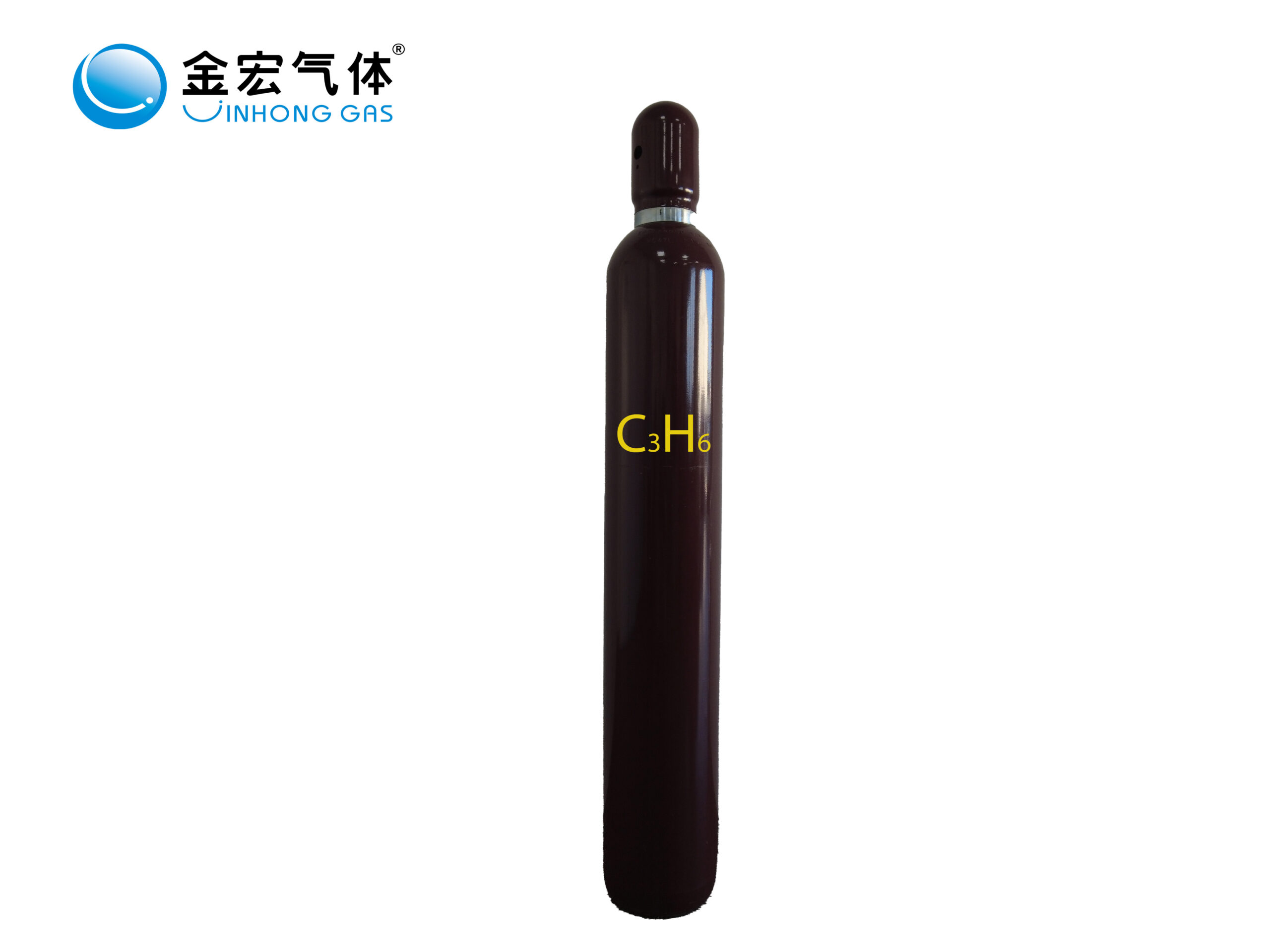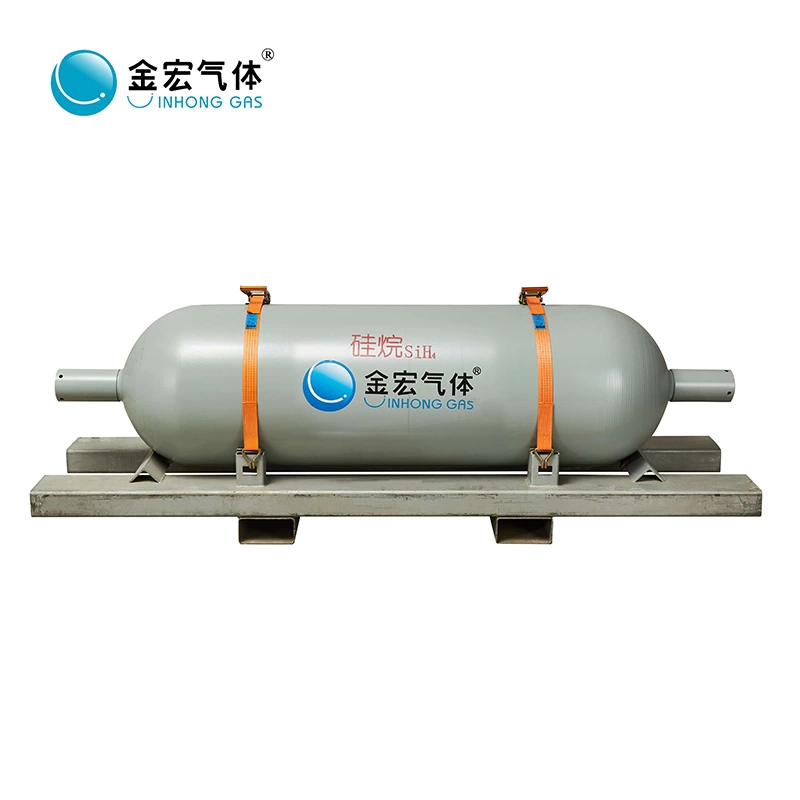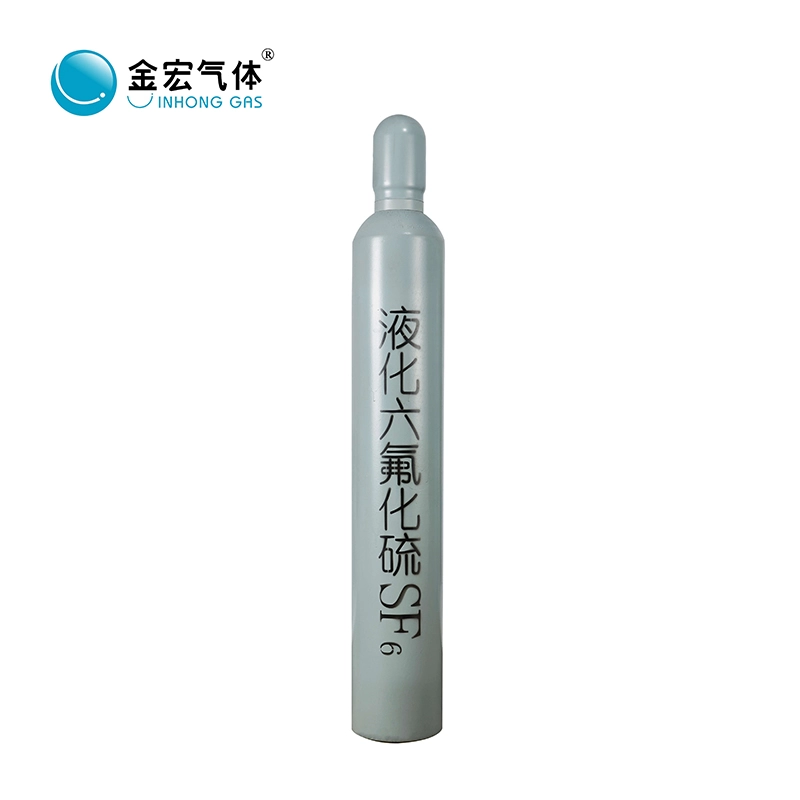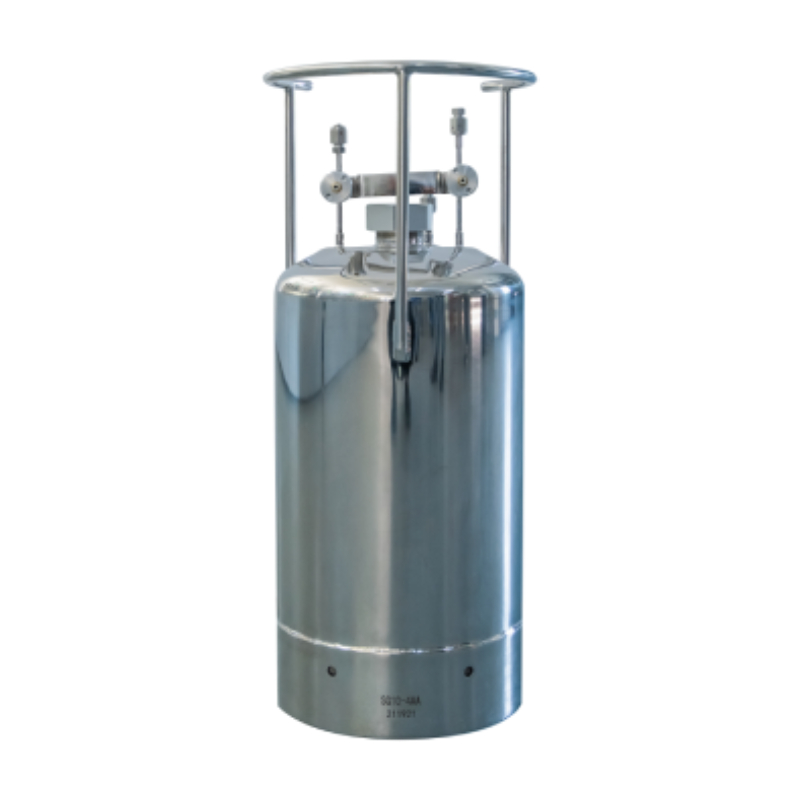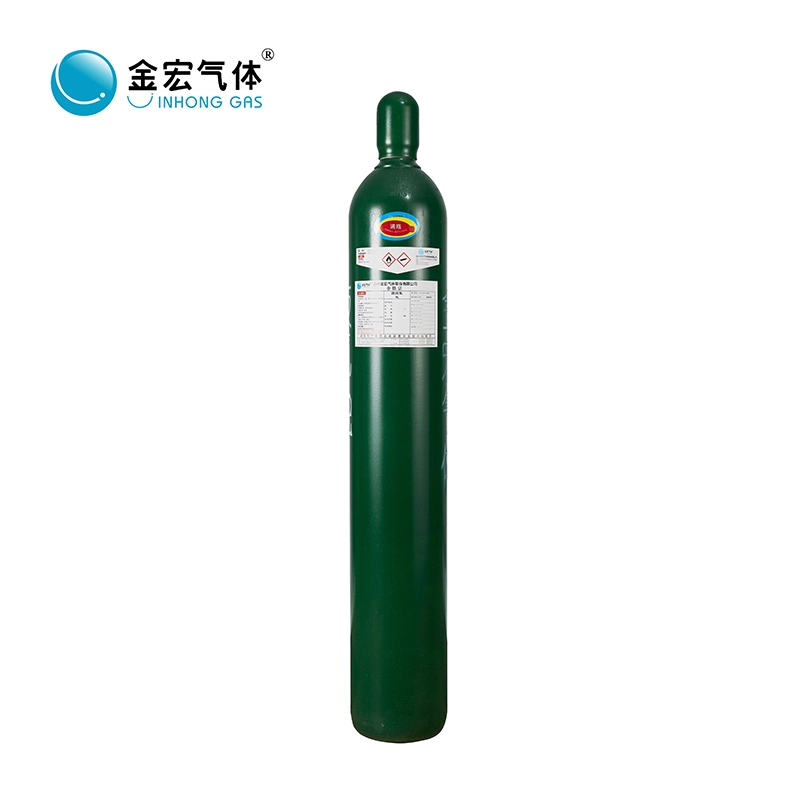
Hydrogen (6N)
Hydrogen is a colorless, odorless, flammable gas and the lightest known gas. Hydrogen is generally non-corrosive, but at high pressures and temperatures, hydrogen can cause embrittlement in some steel grades. Hydrogen is non-toxic, but not life-sustaining, it is a suffocating agent.
High purity hydrogen finds widespread usage in the electronics industry as a reducing agent and as a carrier gas.

